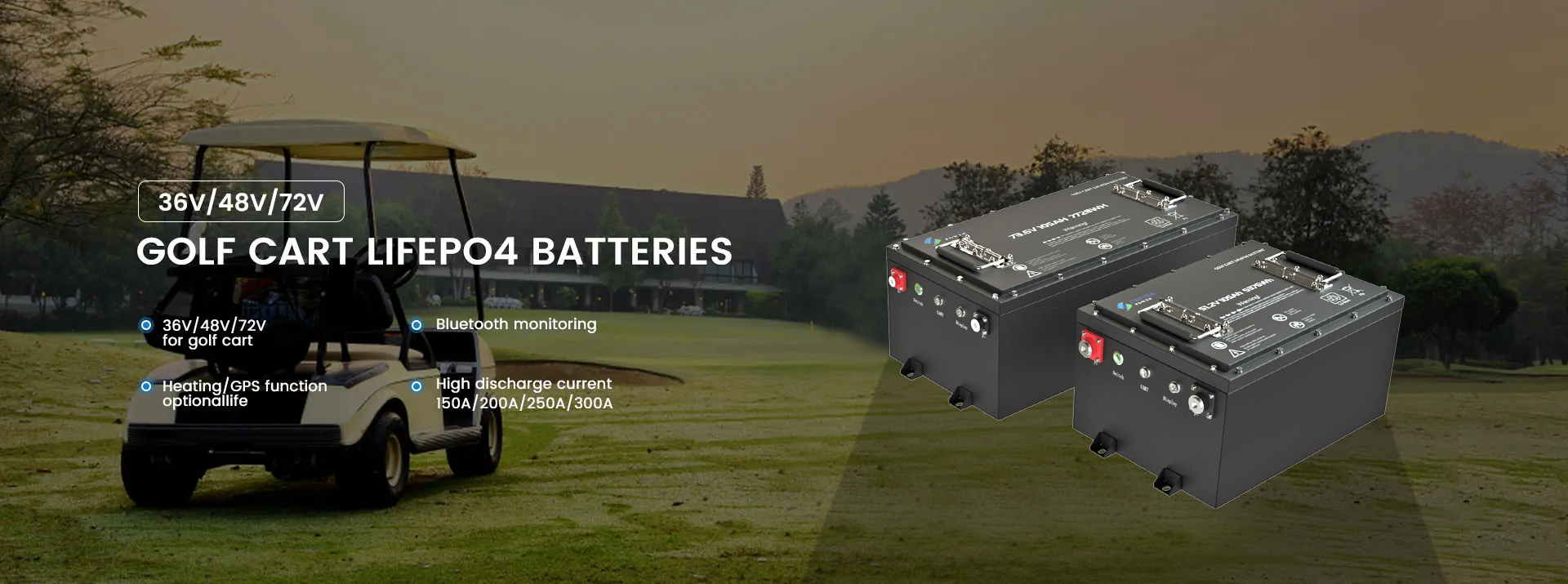Choosing between NMC (Nickel Manganese Cobalt) and LFP (Lithium Iron Phosphate) lithium batteries depends on the specific requirements and priorities of your application. Here are some key factors to consider for each type:
NMC (Nickel Manganese Cobalt) Batteries
Advantages:
1. Higher Energy Density: NMC batteries typically have a higher energy density, meaning they can store more energy in a smaller and lighter package. This is beneficial for applications where space and weight are critical, such as electric vehicles (EVs).
2. High Performance: They generally provide better performance in terms of power output and efficiency.
3. Wider Temperature Range: NMC batteries can perform well across a wider range of temperatures.
Disadvantages:
1. Cost:They are usually more expensive due to the cost of materials like cobalt and nickel.
2. Thermal Stability: They are less thermally stable compared to LFP batteries, which can pose safety concerns in certain conditions.
LFP (Lithium Iron Phosphate) Batteries
Advantages:
1. Safety: LFP batteries are known for their excellent thermal and chemical stability, making them safer and less prone to overheating and catching fire.
2. Longer Lifespan: They typically have a longer cycle life, meaning they can be charged and discharged more times before their capacity significantly degrades.
3. Cost-Effective: LFP batteries are generally less expensive due to the abundance of materials used (iron and phosphate).
Disadvantages:
1. Lower Energy Density: They have a lower energy density compared to NMC batteries, resulting in larger and heavier battery packs for the same amount of stored energy.
2. Performance: They may not deliver power as efficiently as NMC batteries, which can be a consideration for high-performance applications.
Summary
- Choose NMC Batteries if:
- High energy density is crucial (e.g., in electric vehicles or portable electronics).
- Performance and efficiency are top priorities.
- Budget allows for the higher cost of materials.
- Choose LFP Batteries if:
- Safety and thermal stability are paramount (e.g., in stationary energy storage or applications with less stringent space constraints).
- Long cycle life and durability are important.
- Cost is a significant factor, and a slightly lower energy density is acceptable.
Ultimately, the "better" option depends on your specific use case and priorities. Consider the trade-offs in energy density, cost, safety, lifespan, and performance when making your decision.

Post time: Aug-02-2024





